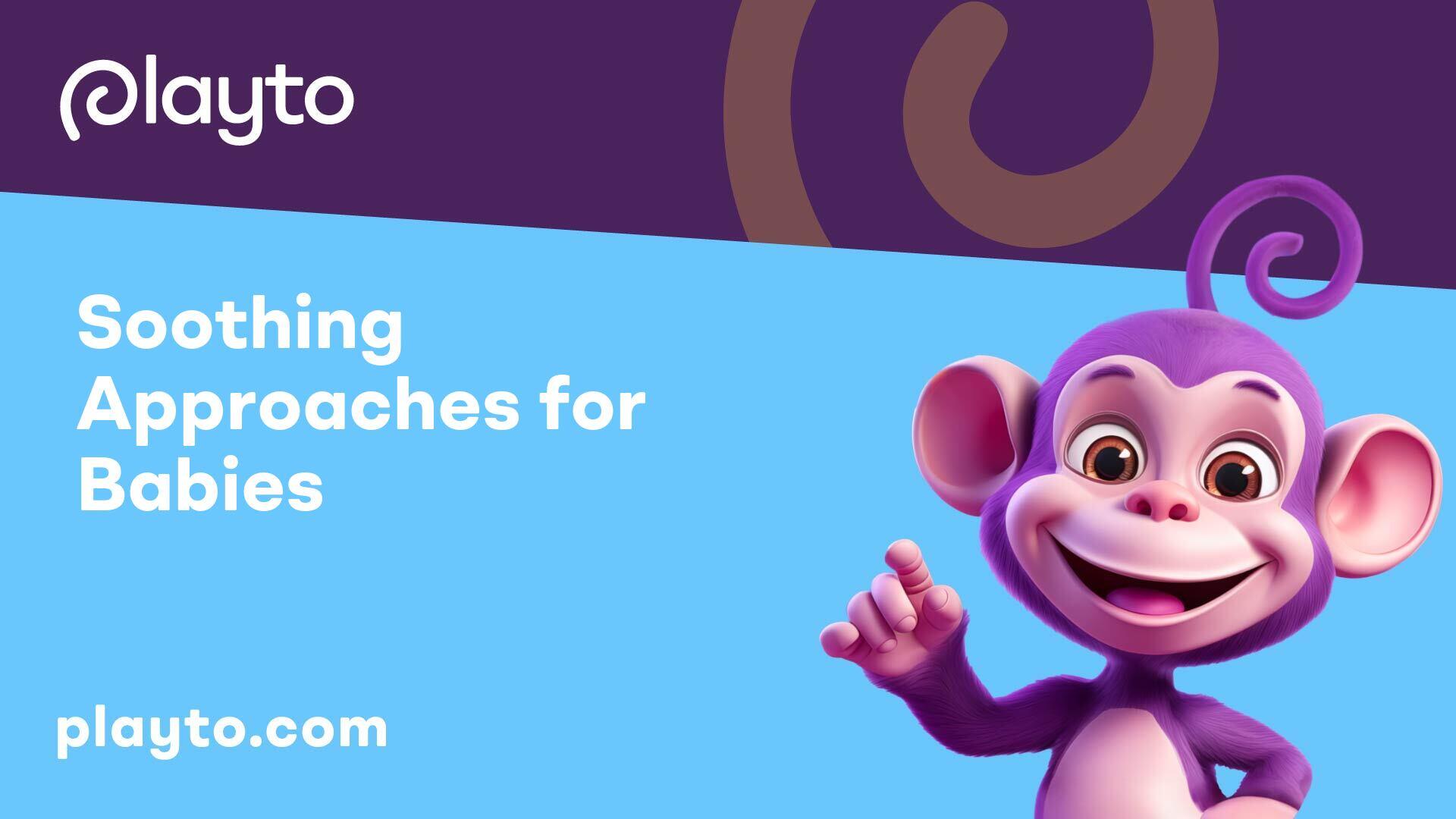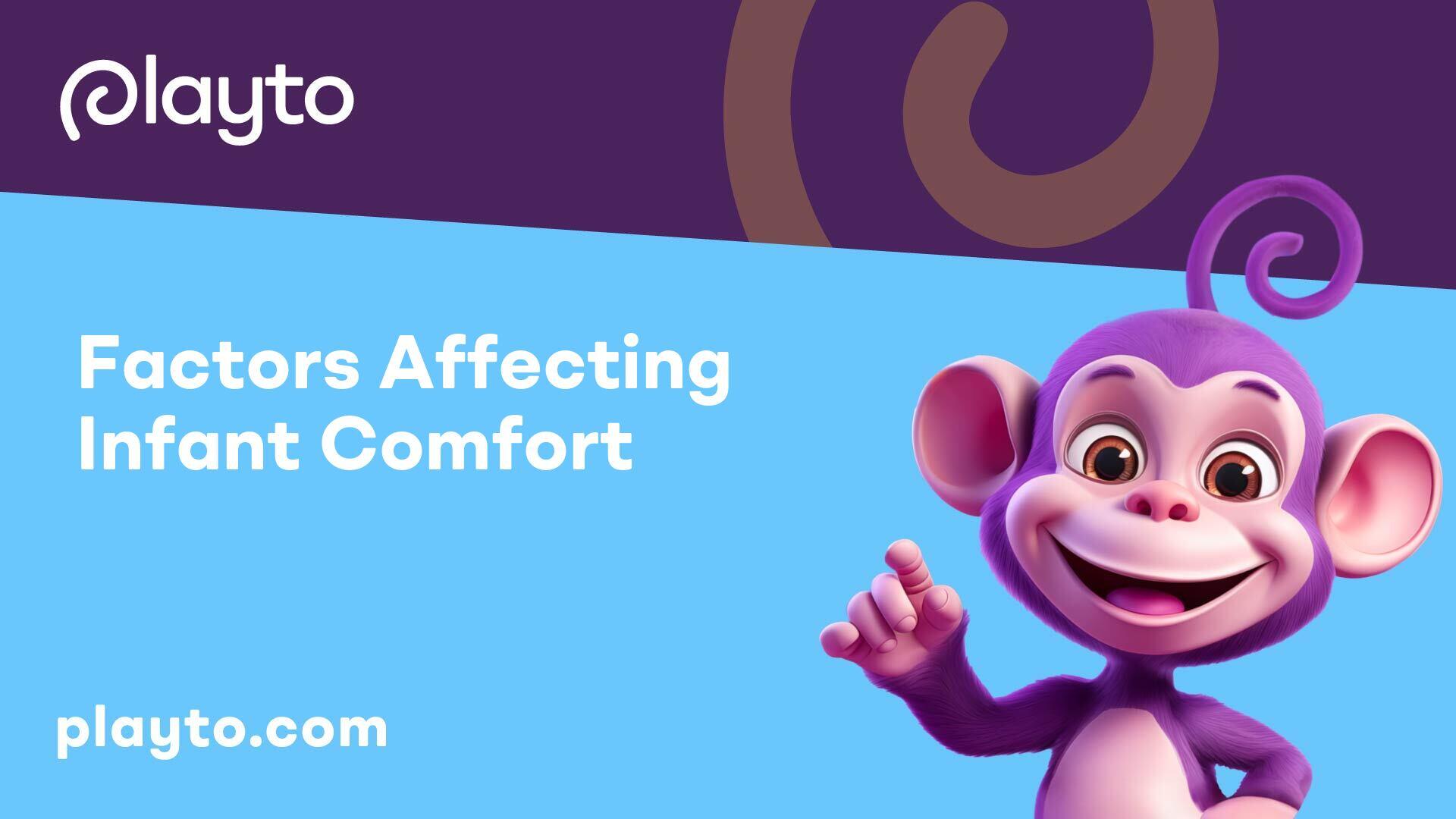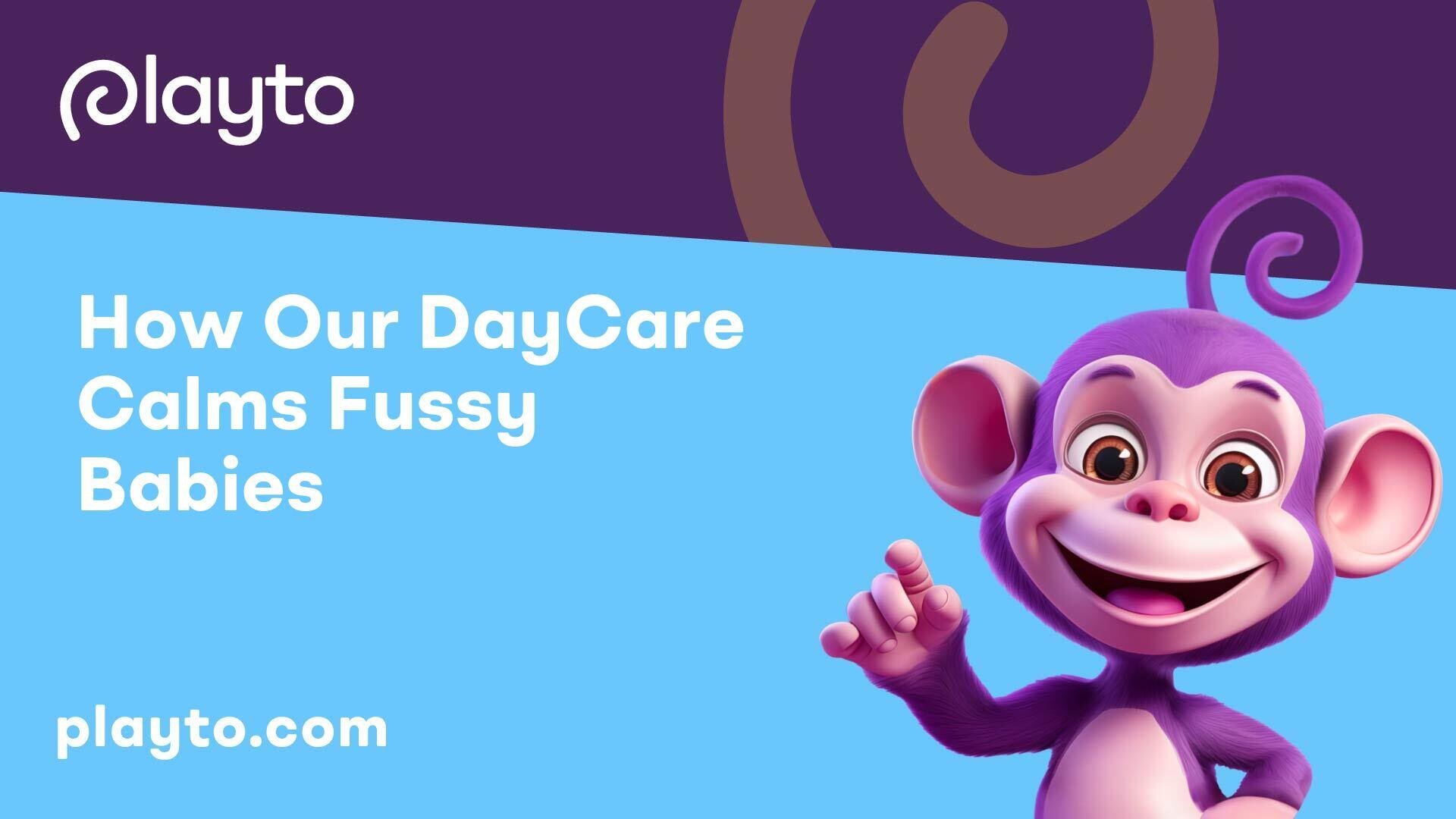
Soothing Approaches for Babies
Understanding the crying patterns in infants is fundamental for addressing their needs effectively. In the first three months of life, crying typically starts at around two weeks after birth, peaks at about six weeks, and then gradually decreases and stabilizes by three to four months, a pattern observed across different cultures and even in chimpanzee babies.
Crying Patterns in Infants
Babies under three months cry primarily due to needs such as hunger, discomfort, pain, warmth, transition from sleep to wakefulness, and various sensitivities. Establishing feeding intervals and offering soothing techniques like holding can significantly reduce crying in young babies. Research has shown that extra holding can reduce overall crying by 43% and nighttime crying by 51% [1].
Responsive Caregiving Techniques
When it comes to addressing the needs of fussy babies, responsive caregiving techniques play a crucial role. Sensory defensiveness, which may manifest as irritability or discomfort in reaction to mild sensory stimuli like clothing tags or seams, can also contribute to fussy behavior in infants.
Caregivers must be attuned to the individual needs of each baby to provide the necessary comfort and support. By responding promptly and sensitively to a baby's cues, caregivers can help regulate their emotions and create a secure attachment bond. This responsive approach not only helps calm fussy babies but also fosters a sense of security and trust in their environment.
By understanding the crying patterns in infants and adopting responsive caregiving techniques, daycare providers can create a nurturing environment that promotes the well-being of fussy babies. With patience, empathy, and a thorough understanding of infant needs, caregivers can play a vital role in soothing fussy babies and fostering a positive environment for infant development.

Factors Affecting Infant Comfort
Enhancing the comfort of infants in a daycare setting involves understanding the factors that can influence their well-being. Two significant factors that play a crucial role in infant comfort are sensory defensiveness in babies and the impact of the environment on babies.
Sensory Defensiveness in Babies
Sensory defensiveness can have a profound impact on infants, potentially manifesting as colic and leading to challenges such as being hard-to-console, hard-to-feed, and uncomfortable. Babies experiencing sensory defensiveness may exhibit irritability or discomfort in response to mild sensory stimuli, like seams in clothing or tags on clothes.
Children with tactile defensiveness may demonstrate a heightened sensitivity to touch, reacting strongly to tactile stimuli. This hypersensitivity can result in distress when near others, aversion to certain textures, and a preference for firm touch over other sensations.
Impact of Environment on Babies
The environment in which infants spend their time can significantly influence their level of comfort and well-being. Recent studies have shown that infants and young children respond differently to environmental stimuli, indicating that highly stimulating surroundings may negatively affect their learning processes.
Research, such as a study published in the Journal of Experimental Child Psychology, discovered that children aged 8 to 12 performed better in a low-load environment compared to a visually 'high-load' space. This suggests that a calm and less stimulating environment promotes better cognitive functioning and overall comfort for infants.
Ensuring a baby-friendly environment that is conducive to their sensory needs and well-being is essential for promoting comfort and reducing distress in infants. By understanding and addressing sensory defensiveness and optimizing the daycare environment, caregivers can create a nurturing and soothing space that supports the comfort and development of every child in their care.

Role of Newborn Care Specialists
Newborn Care Specialists play a vital role in ensuring the well-being and comfort of infants in daycare settings. Their specialized skill set and tailored marketing strategies contribute significantly to creating a nurturing environment for fussy babies.
Skillset for Newborn Care Specialists
Thriving as a Newborn Care Specialist requires a diverse skill set that encompasses qualities essential for working effectively with infants. These qualities include patience, empathy, excellent communication skills, a strong work ethic, adaptability, problem-solving abilities, and a genuine passion for infants. By possessing these attributes, NCS can effectively address the unique needs of fussy infants, providing comfort and support during their time in daycare.
Newborn Care Specialists are trained to understand the nuances of infant care, including feeding, sleeping, and soothing techniques. Their ability to connect with infants on a responsive and compassionate level is crucial in creating a safe and nurturing environment that promotes infant well-being.
Marketing Strategies for NCS
Effective marketing is key to success as a Newborn Care Specialist, allowing professionals to connect with families in need of their services. To market themselves successfully, NCS can adopt various strategies to showcase their expertise and attract potential clients.
Creating a compelling portfolio that highlights qualifications, experiences, and successes can help differentiate NCS from others in the field. Building an online presence through a professional website and social media platforms can broaden reach and engage with prospective families.
Networking with local resources such as hospitals and pediatricians can also be beneficial, as these connections can provide referrals and establish trust within the community. Partnering with NCS agencies and offering free consultations to families can further demonstrate expertise and commitment to infant care.
Tailoring marketing efforts to attract ideal clients involves understanding their preferences and requirements. Considering factors such as preferred hours and schedules, travel needs, experience levels (e.g., newborns, multiples, premature babies), and preferred family dynamics can help NCS align their services with the expectations of families seeking infant care.
By honing their skills and implementing targeted marketing strategies, Newborn Care Specialists can establish themselves as trusted caregivers for fussy babies in daycare settings. Their dedication and expertise are integral to maintaining a nurturing and supportive environment that promotes infant comfort and well-being.
Building a Trusted Relationship
Establishing a strong and trustworthy relationship with families is paramount in providing exceptional care for infants in a daycare setting. Effective communication and comprehensive care are key components in fostering a positive and supportive environment.
Communicating with Families
Open and transparent communication with families is essential for building trust and ensuring the well-being of infants in daycare. By maintaining regular dialogue with parents, caregivers can keep them informed about their child's daily activities, milestones, and any concerns that may arise.
Communication channels should be easily accessible and accommodating to accommodate the busy schedules and preferences of parents. Whether through face-to-face discussions, phone calls, emails, or mobile apps, keeping families engaged and informed creates a sense of partnership in the care process.
Moreover, actively listening to parents' feedback, addressing their questions and concerns promptly, and collaborating on solutions contribute to a positive and trusting relationship between daycare providers and families. For more information on supporting infant development and communication with families, explore our article on infant milestones in daycare.
Providing Comprehensive Care
In a daycare environment, providing comprehensive care involves addressing the physical, emotional, and developmental needs of infants. By creating a nurturing and stimulating atmosphere, caregivers can support infants in their growth and development while promoting a sense of security and well-being.
Caregivers should prioritize individualized care plans that cater to each infant's unique preferences, routines, and developmental milestones. This personalized approach helps build trust and rapport with both infants and their families, ensuring that the child receives the attention and support they need.
In addition to basic care tasks such as feeding, diapering, and napping, daycare providers should incorporate enriching activities and playtime to stimulate infants' senses and promote cognitive and motor skills development. Choosing age-appropriate toys and activities, as well as understanding the benefits of early daycare enrollment, can enhance the overall daycare experience for infants.
By focusing on effective communication practices and offering comprehensive care that addresses the holistic needs of infants, daycare providers can create a supportive and nurturing environment that fosters healthy development and a sense of security for both infants and their families.
Relaxation Techniques for Babies
When it comes to calming fussy babies, employing effective relaxation techniques is essential for creating a peaceful and soothing environment. Understanding how to relax infants and the subsequent effects of relaxation on their well-being plays a significant role in providing quality care.
Relaxation for Infant Comfort
In the first few months of life, infants experience various stimuli and sensations that can sometimes lead to fussiness and discomfort. Implementing relaxation techniques can help ease their tension and promote a sense of calmness. Extra holding, as observed in a study with Canadian mothers, resulted in a significant reduction in overall crying by 43% and nighttime crying by 51%. This emphasizes the importance of touch and closeness in comforting infants.
One common relaxation method for babies is gentle rocking or swaying, which mimics the soothing motion they experienced in the womb. Soft lullabies or white noise can also create a calming atmosphere for infants, helping them relax and settle down. Providing a cozy and secure environment, free from excessive stimulation, can further contribute to infant comfort and relaxation.
Effects of Relaxation on Babies
Research suggests that relaxation techniques have a positive impact on infants' emotional well-being and development. While the effect size may vary, studies show that relaxation techniques can help reduce depressive symptoms in young individuals. For babies, a peaceful and relaxed environment can foster a sense of security and promote better sleep patterns, contributing to overall contentment and happiness.
Moreover, relaxation techniques play a crucial role in regulating stress levels in infants. By creating a serene and comfortable atmosphere, caregivers can help infants self-soothe and manage their emotions more effectively. This can have long-term benefits on infants' emotional resilience and coping mechanisms as they grow and navigate new experiences.
Incorporating relaxation techniques into infant care routines not only aids in calming fussy babies but also nurtures a positive and nurturing environment for their development. By understanding the importance of relaxation for infant comfort and the beneficial effects it has on babies, caregivers can create a supportive and tranquil space that promotes well-being and emotional security.
Overview of Relaxation Studies
Exploring the effectiveness of relaxation techniques in calming fussy babies can provide valuable insights into promoting a soothing environment in daycare settings. This overview focuses on assessing the efficacy of these techniques and understanding any age-related disparities in their effects.
Efficacy of Relaxation Techniques
Recent studies have shown that relaxation techniques can have a positive impact on reducing symptoms of distress and anxiety in young individuals, as highlighted by the National Center for Biotechnology Information. A systematic review and meta-analysis involving 65 Randomized Controlled Trials (RCTs) with 8009 participants demonstrated the potential of relaxation techniques in alleviating depressive symptoms among young people aged 14 to 24 globally.
The standardized mean difference for improving depressive symptoms in young people through relaxation techniques was documented as -0.28 (95% CI -0.40% to -0.15). This indicates a modest yet significant effect size, underlining the relevance of incorporating these approaches to enhance emotional well-being.
Moreover, face-to-face delivery of relaxation techniques has been found to produce more pronounced results in reducing anxiety symptoms compared to online delivery. The standardized mean difference for face-to-face delivery was reported as -0.47, emphasizing the importance of personalized and direct interactions in facilitating relaxation benefits.
Age Disparities in Relaxation Effects
Studies have also revealed interesting insights into the differential impact of relaxation techniques across age groups. Evidence suggests that these techniques exhibit greater efficacy in reducing symptoms of anxiety among young individuals compared to older adults. This age-related variation underscores the potential of relaxation strategies in catering to the specific needs and responses of different age cohorts.
It is worth noting that the majority of studies evaluating relaxation techniques have primarily been conducted in educational settings of High-Income Countries (HICs) with limited representation from low- and middle-income countries. This disparity emphasizes the necessity for further high-quality research in diverse settings to broaden the understanding of how relaxation interventions can benefit individuals across varied socio-economic backgrounds.
By gaining a comprehensive understanding of the efficacy of relaxation techniques and their differential effects based on age demographics, daycare centers can implement tailored approaches to foster a calm and nurturing environment for fussy babies. This insight can contribute to enhancing the well-being and emotional comfort of infants under care, promoting a positive daycare experience for both children and caregivers.
References
[2]:
[3]:
[4]:
[5]:
